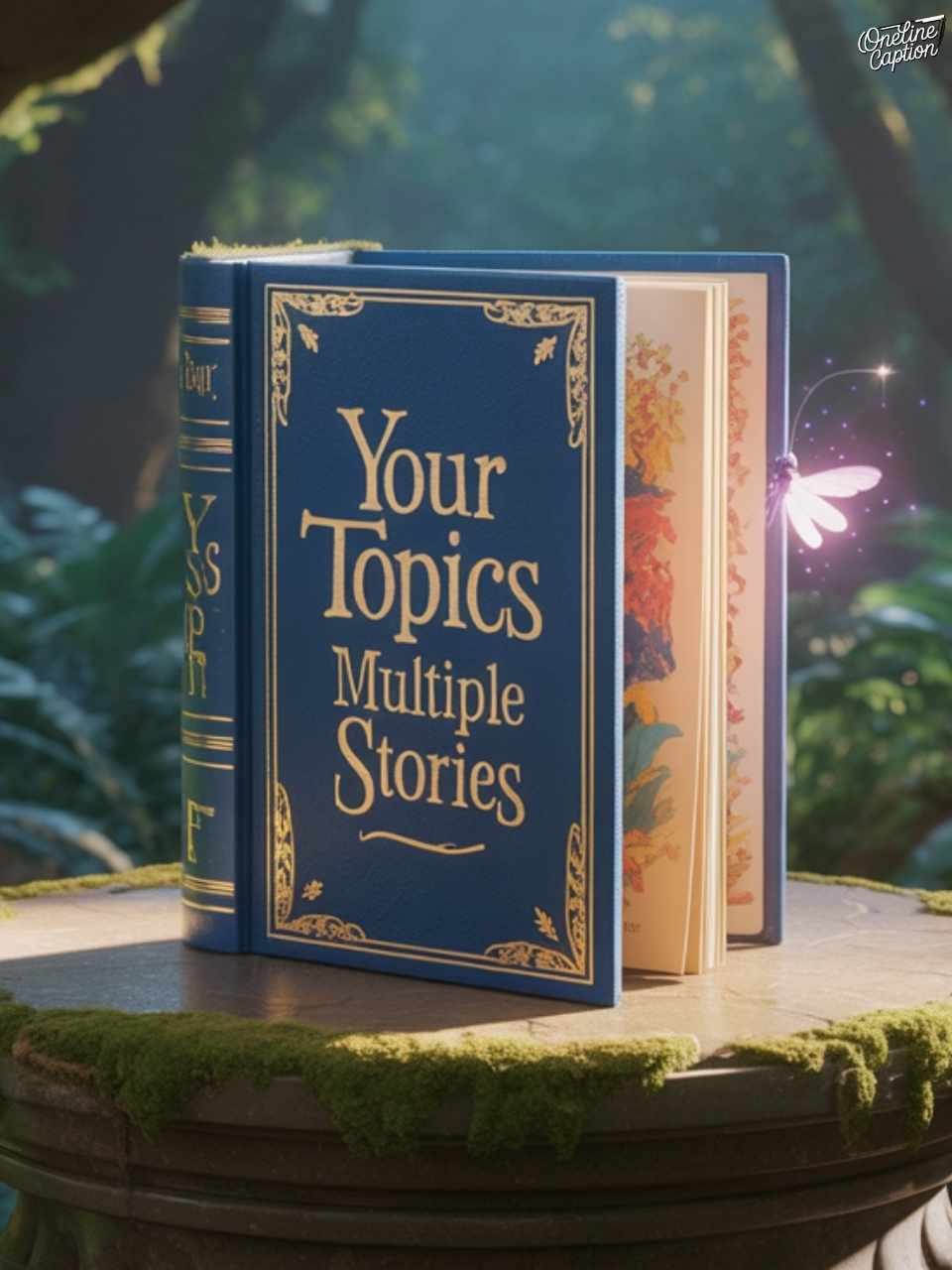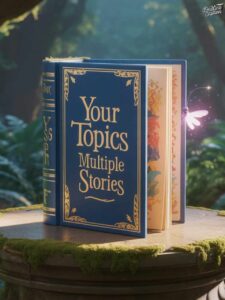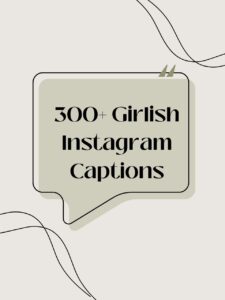Managing more than one story or idea at the same time can seem difficult, but it becomes easier with practice and the right techniques. This complete guide on Your Topics Multiple Stories is here to help you understand how to handle multiple storylines, themes, and platforms without getting lost.
Whether you’re a student, writer, blogger, or social media creator, this guide offers easy steps to manage your ideas and tell better stories. You’ll also learn how to balance storytelling structure, engage readers, and even mix genres when needed.
Storytelling Topics for Adults

Storytelling for adults often deals with deeper emotions, complex characters, and real-life problems. Adults enjoy stories that reflect their experiences, challenge their thoughts, or inspire them. Topics may include:
- Personal growth and self-discovery
- Relationships and love
- Career struggles
- Mental health and emotional battles
- Life lessons and transformations
- Social justice and inequality
Using Your Topics Multiple Stories, you can explore more than one of these themes in a single project to create richer content. A great adult story often includes subtle themes that evolve over time and resonate with mature readers.
Popular Storytelling Themes for Adults
Some themes resonate more deeply with adult audiences. These include:
- Redemption and forgiveness
- Betrayal and trust
- Hope and despair
- Courage and fear
- Power and corruption
- Love and sacrifice
By mixing these themes through Your Topics Multiple Stories, stories can become more meaningful and emotionally engaging. For example, a story might follow a character seeking redemption while also battling internal fears and repairing broken relationships.
Also read: 200+ Long-Distance Friendship Captions
How to Pick the Right Storytelling Topic?
Choosing a topic is the first and most important step. Here are some simple tips:
- Know your audience: What do they care about?
- Choose topics that inspire you: Passion shows in your writing.
- Find current themes: What issues or ideas are people talking about today?
- Keep it personal or relatable: Real emotions connect best.
- Think about combining ideas: Use Your Topics Multiple Stories approach to bring together different angles.
- Start small: You can begin with a short story to test the topic.
- Use prompts or themes: Writing challenges can help you discover topics you love.
How to Post Multiple Stories on Different Platforms
Every platform has a different audience and format. When using Your Topics Multiple Stories, it’s important to adjust your stories for each one. Understand the length, tone, and preferred style of each platform to maximize engagement.
For example, Instagram prefers visual storytelling, while blogs can include long-form narrative with analysis. Use platform analytics to see which stories perform best and refine your approach over time.
Posting on Social Media (Instagram, Facebook, TikTok, Snapchat)

| Platform | How to Post | Best Practice | Engagement Tip |
|---|---|---|---|
| Use story feature or carousel posts | Use polls, questions, music | Post regularly with hashtags | |
| Write long posts or use story updates | Use images and tag people | Ask questions in your post | |
| TikTok | Post video stories in parts | Use popular music or sounds | Use a hook in first 3 seconds |
| Snapchat | Post snaps in a series | Use text captions and stickers | Keep content short and visual |
Make sure you tailor your tone to each platform’s audience. Young audiences may prefer fast-paced content, while older users may appreciate longer storytelling.
Posting Multiple Stories on Blogs or Writing Platforms
- Use chapters or episodes: Break your story into parts.
- Link related stories together: Help readers follow the flow.
- Use tags and categories: Make your content easier to find.
- Add visuals or illustrations: Pictures help bring stories to life.
- Interact with readers: Ask for comments and feedback.
- Use a content calendar: Plan your posts ahead of time to keep consistency.
Also consider optimizing your blogs for SEO. Use keywords related to your story themes. For example, if your blog is about “forgiveness in relationships,” include variations of that phrase naturally throughout your post.
Multiple Themes in a Story: How to Do It Right
It is possible to use more than one theme in a single story. Just make sure:
- The themes are related or complement each other.
- Characters and plotlines support the themes.
- You don’t confuse the reader with too many ideas.
- Use transitions to switch smoothly between themes.
- Maintain narrative consistency so that the story feels unified.
Start by outlining which theme is the main message, and which are supporting. Create arcs for each one so they don’t disappear halfway through.
Examples of Multiple Themes in Famous Stories
| Story | Primary Theme | Other Themes | Key Point |
| The Great Gatsby | The American Dream | Love, Wealth, Class | Complex characters and emotions |
| Harry Potter | Good vs Evil | Friendship, Loss, Courage | Blended themes for depth |
| The Hunger Games | Survival | Power, Rebellion, Sacrifice | Uses strong female lead and social issues |
| The Lord of the Rings | Brotherhood | Hope, Destiny, Evil | Fantasy with meaningful themes |
| To Kill a Mockingbird | Justice | Racism, Childhood, Growth | Social issues shown through a child’s eyes |
How to Balance Multiple Themes?
- Focus on one main theme.
- Use subplots to explore other themes.
- Give each theme a purpose.
- Keep tone and pacing consistent.
- Use strong characters to carry themes.
- Return to your central theme often to anchor the story.
- Consider giving each theme its own arc or resolution.
What to Do When You Have Too Many Story Ideas
Having lots of ideas is great, but it can feel overwhelming. Here’s how to handle it with Your Topics Multiple Stories approach:
1. Create a Story Idea Bank
Use a notebook or app to collect all your ideas in one place. Consider using digital tools like Trello, Notion, or Evernote to manage them.
2. Categorize Your Ideas
Group them by type: short story, novel, poem, essay, etc. Also, mark ideas based on themes or genres for easier access.
3. Combine Similar Ideas
Look for connections between ideas. Two ideas may fit into one story. This can help reduce clutter while making your narrative deeper.
4. Use a Storyboard or Mind Map
Visually plan your stories. Use drawings or diagrams to see how ideas link. Tools like Canva, Miro, or MindMeister are great for this.
Urdu Stories Topics: Rich Themes in Urdu Literature
Urdu literature is full of emotional depth and cultural values. Using Your Topics Multiple Stories, you can explore:
- Love and sacrifice
- Spiritual journeys and mysticism
- Social justice and inequality
- Family honor and tradition
- Women’s empowerment
Many Urdu stories use poetic language and metaphors. If you’re writing or translating in this style, make sure to retain the emotional power while making it accessible for modern readers.
Popular Themes in Urdu Stories
- Ishq (Deep Love) – Often shown as pure and powerful.
- Fate vs. Choice – Characters struggle with destiny.
- Social Class Divide – Rich vs. poor conflicts.
- Moral Lessons – Stories that teach right and wrong.
- Cultural Traditions – Reflecting values and heritage.
These themes can be used in short stories, novels, or screenplays. Combining them using Your Topics Multiple Stories adds complexity.
Multiple Topics in One Essay: Structuring it Effectively

To write an essay with many topics:
- Start with a strong introduction.
- Divide each topic into its own paragraph.
- Use connecting sentences to join ideas.
- End with a conclusion that ties everything together.
- Ensure each topic supports your main thesis or central idea.
Best Structure for Multi-Topic Essays
- Introduction: State main idea or theme.
- Body Paragraphs: One for each topic.
- Transitions: Connect each section clearly.
- Conclusion: Summarize the key points and message.
Tip: When writing long essays, use headings and subheadings to improve readability and organization.
Short Stories Topic Ideas
If you’re looking for creative short story ideas to explore with Your Topics Multiple Stories, here are some unique ones:
- A robot that learns to love.
- A child who hears people’s thoughts.
- A mysterious book that changes each time it’s opened.
- A dream that continues in real life.
- A forgotten photo album that reveals a hidden past.
You can mix fantasy, emotion, action, or humor. Use each story idea to explore different themes and characters.
Managing Multiple Stories at Once
If you’re working on many stories at once, use these strategies:
- Work in sessions: Dedicate different time blocks to each story.
- Keep a dashboard: Track progress, deadlines, and next steps for each project.
- Color-code or label folders: Make your files easy to find.
- Set small goals: Break big stories into smaller, manageable tasks.
- Take breaks: Avoid burnout by resting between writing sessions.
Best Strategies for Managing Multiple Stories
- Outline Each Story: Know the beginning, middle, and end.
- Use Writing Tools: Software like Scrivener or Google Docs.
- Stay Organized: Label drafts clearly.
- Review Weekly: Check which story needs more attention.
- Set Deadlines: Even flexible ones help keep you on track.
Story Topics for Grade 3: Engaging and Age-Appropriate Ideas
Children love fun, imaginative, and simple stories. Make sure the message is clear and characters are likable. Use Your Topics Multiple Stories to introduce creative angles.
Best Story Topics for 3rd Graders
- A magical animal that helps kids with homework.
- The day school turned into a zoo.
- A time machine hidden under the bed.
- The boy who could turn invisible.
- A girl who grows a talking plant.
Tips for Writing for Kids
- Use simple words and short sentences.
- Add funny or surprising moments.
- Include bright visuals or illustrations.
- Make sure the story has a clear beginning, middle, and end.
- End with a gentle moral or learning moment.
Your Topics | Multiple Stories: Final Tips
- Don’t rush your writing.
- Keep your ideas safe and organized.
- Experiment with new themes.
- Be flexible. It’s okay to change your plan.
- Stay creative and enjoy the process.
- Practice consistently to master Your Topics Multiple Stories.
Conclusion
Writing with Your Topics Multiple Stories approach allows you to explore many ideas, characters, and themes in a powerful way. Whether you’re crafting short stories, essays, social media content, or full novels, this method gives you the tools to stay organized and inspired.
You’ve learned how to manage multiple narratives, pick the right topics, balance themes, and adapt stories to various platforms. Use tools like storyboards, idea banks, and writing calendars to stay on track.
Don’t be afraid to mix themes or manage several stories at once. With a little planning and creativity, you can bring all your ideas to life and keep your readers engaged from start to finish.
FAQ’s
Can a story have multiple themes?
Yes, a story can include multiple themes as long as they are connected and support the overall narrative.
How do I manage multiple story ideas at once?
Use a story idea bank, set priorities, and work on each idea in small, organized steps.
What’s the best way to structure an essay with many topics?
Start with a clear introduction, dedicate one paragraph per topic, and connect them smoothly.
How can I post multiple stories on different platforms effectively?
Adjust your content style for each platform while keeping the core message consistent.
Why should I use multiple themes in my writing?
Multiple themes add depth, emotional impact, and keep your audience more engaged.

Rudra Khana, a creative expert at One Line Caption, specializes in crafting Instagram captions that connect with your audience. With a strong background in social media and a passion for storytelling, Rudra’s captions enhance engagement and make your posts unforgettable. Whether you need something witty, heartfelt, or on-trend, Rudra’s expertise ensures your captions always stand out. Follow for daily inspiration and captions that bring your feed to life!








